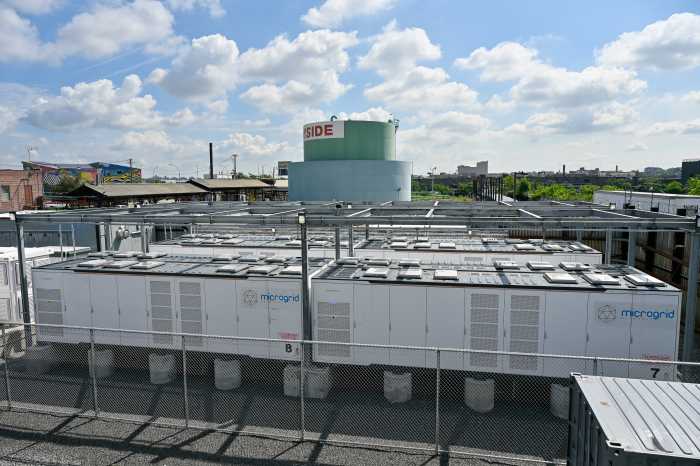Before it becomes Brooklyn’s next big thing, Floyd Bennett Field needs to finish cleaning up its act.
The former airport is in the midst of exorcising a 40-year-old two-acre jet fuel spill on the southeast corner of its 1,358-acre site, part of Gateway National Recreation Area.
Work is progressing as contractors for the Army Corps of Engineer have already removed oil soaked soil this year and recently began to remove a jet fuel pipeline at the site. This phase of the cleanup is expected to span approximately one more week. If soil samples prove to be clean, the job will be done.
Rep. Anthony Weiner (D-Midwood) allocated $2.4 million for the cleanup, taxpayer money that came from a Department of Defense appropriations bill.
The lawmaker said that any use at the formerly contaminated site would likely be consistent with National Parks Service uses.
“There is very little chance that some of the ideas that were rejected in the past would be resurrected,” he said, referring to a failed 2006 scheme promoted by the late actor Paul Newman that would have brought a speedway to the field.
“We are not going to turn water into wine, but we will start a process to determine what our goals are,” Weiner added.
Weiner and his mentor, Sen. Charles Schumer, created a blue ribbon panel to help guide the National Parks Service how best to plan the future of the field.
The agency is in the process of drafting a management plan to guide the next 20 years at Gateway, due out in 2012.
Gateway spokesperson Jane Ahern suggested the once-contaminated section of the field could be fashioned into an interpretive center outlining the property’s rich aviation history.
Constructed between 1928 and 1931, Floyd Bennett Field was the first municipal airport in New York City.
The field was sold to the United States Navy in 1941 and became known as Naval Air Station-New York. During World War II, it was the busiest air station in the country. In 1971, the U.S. Navy deactivated the field, and the National Park Service incorporated the field into Gateway.






















